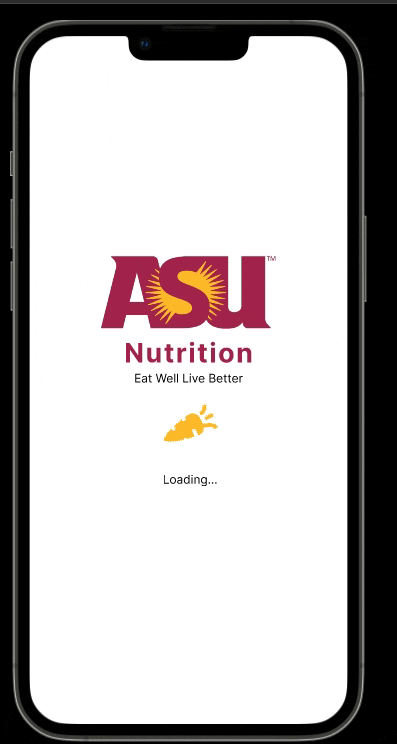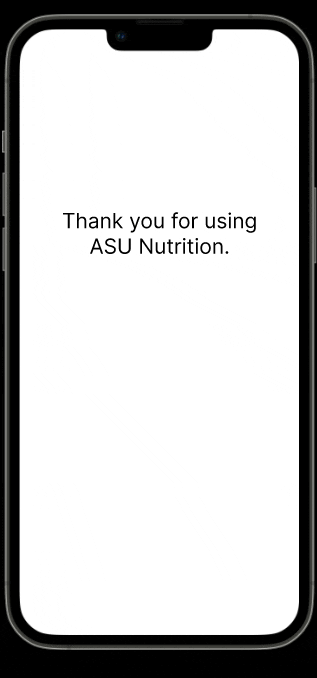ASU Nutrition App
UX Writing, Persona Development, and Design
Introduction
Food insecurity occurs when someone is unable to eat a sufficient amount of food for the required daily nutrients. This is often experienced by college-level students due to tight finances and limited time.
Over the course of six weeks, I led a five-person UX team using research to identify the target audience for a nutritional app that aims to lower food insecurity among Arizona State University students. After acquiring research and developing a content strategy, we split up to design our app interfaces individually.
Research Plan
The first step was to develop a research plan that would learn about the demographics and other important details related to our goal of lowering the amount of food insecurity experienced by on-campus ASU students.
Examples of Questions Asked
-
Have you ever used a diet or calorie tracking app before?
-
Would you use a diet or calorie tracking app now?
-
How many meals do you eat a day?
-
Do you feel that you eat enough every day?
-
Do you feel that purchasing food is a financial burden?
Personas
To create a strong representation of our target audience, I created two personas for my group by using the real data from the surveys.


Concept and Usage Stories
Once the personas were finished, the group moved on to developing the concept and usage stories for our main characters Kristin and Wade.
What makes our idea different?
-
Push notifications remind students to eat when they haven't logged food in an extended period of time
-
Information on food plans offered by the university
-
Contact information for the school nutritionist
-
Cheap and affordable recipes
User Road Blocks
-
Not wanting to give out their personal information
-
Not wanting to download a diet-tracking app because of past experiences
Design
With research and data to back up our design decisions, my group worked individually on our own design mock-ups. Here are some screenshots of my design ideas.



Takeaways
-
Experience working in remote environments
-
Experience leading a team
-
Developing survey questions to provide useful design data
-
Critical thinking and problem-solving skills to lower the number of students experiencing food insecurity
-
Practice creating design flows in Figma
-
Developing powerful microcopy that stays on brand
-
Practice using images and color palettes that stay on brand
-
Learning about the design process and research
-
Practice putting research and data into a report and presenting my work
-
Practice with design thinking